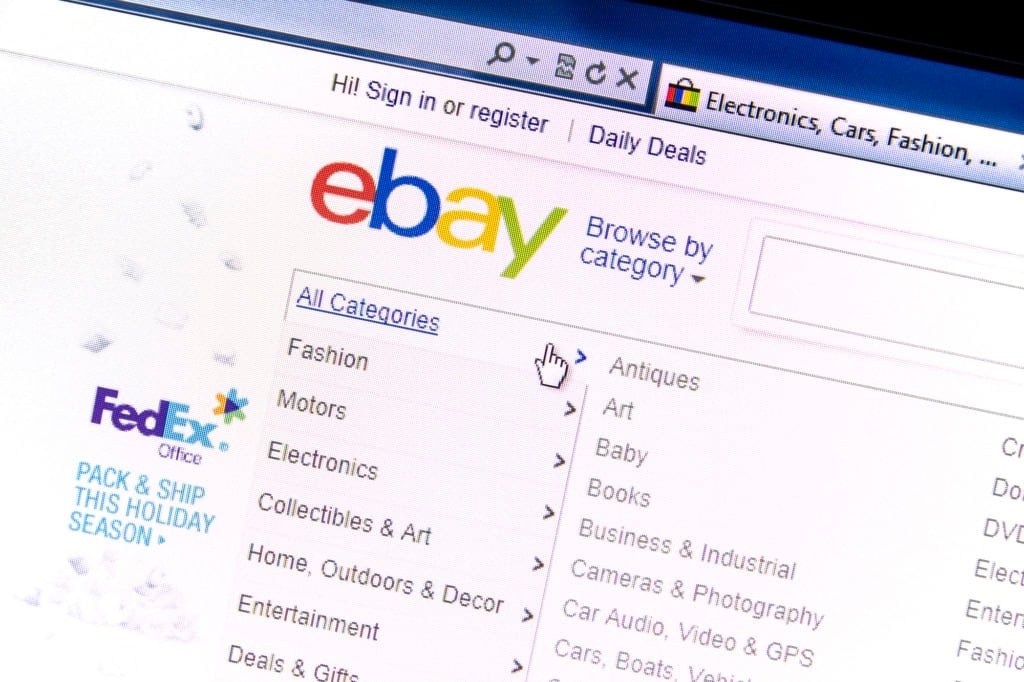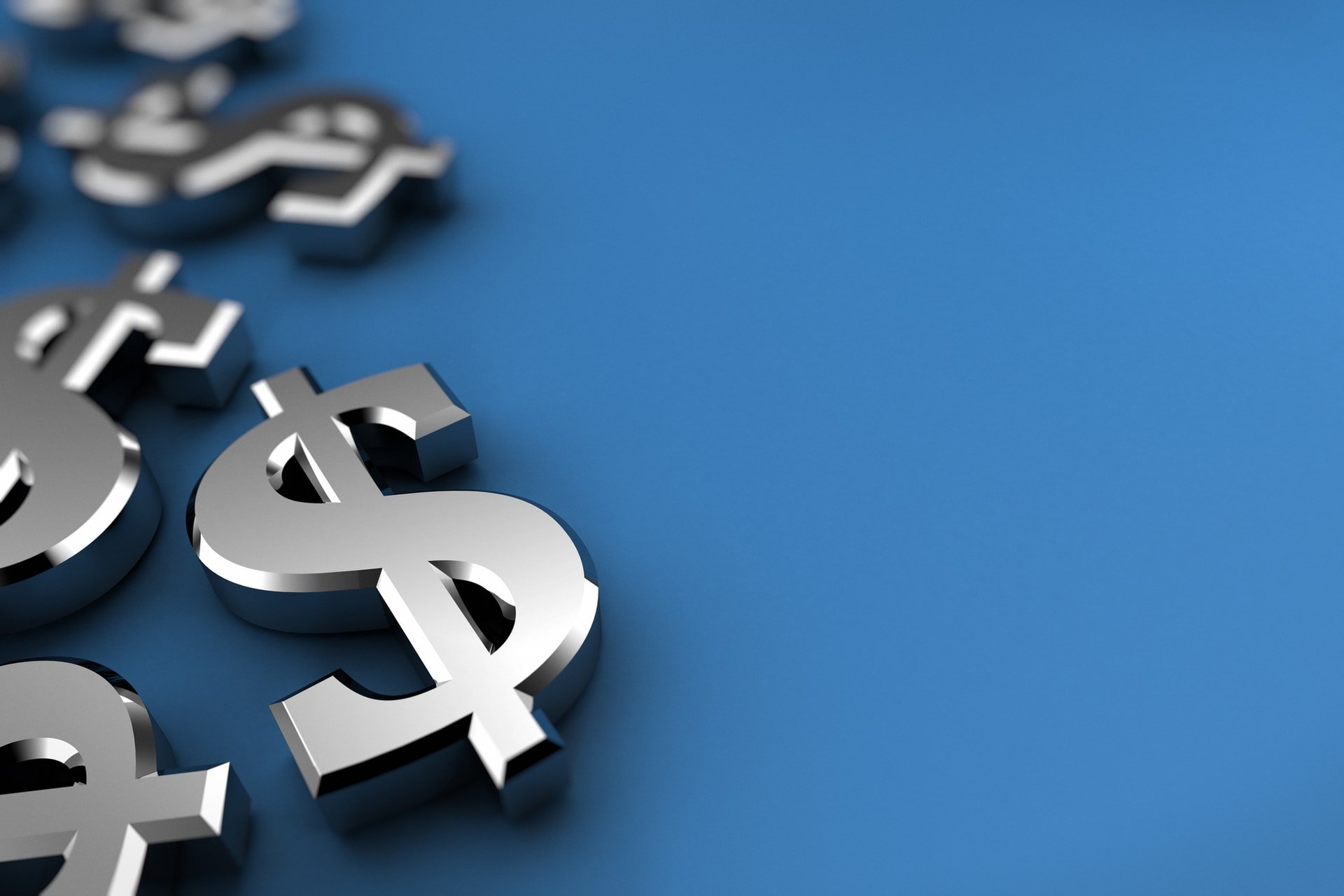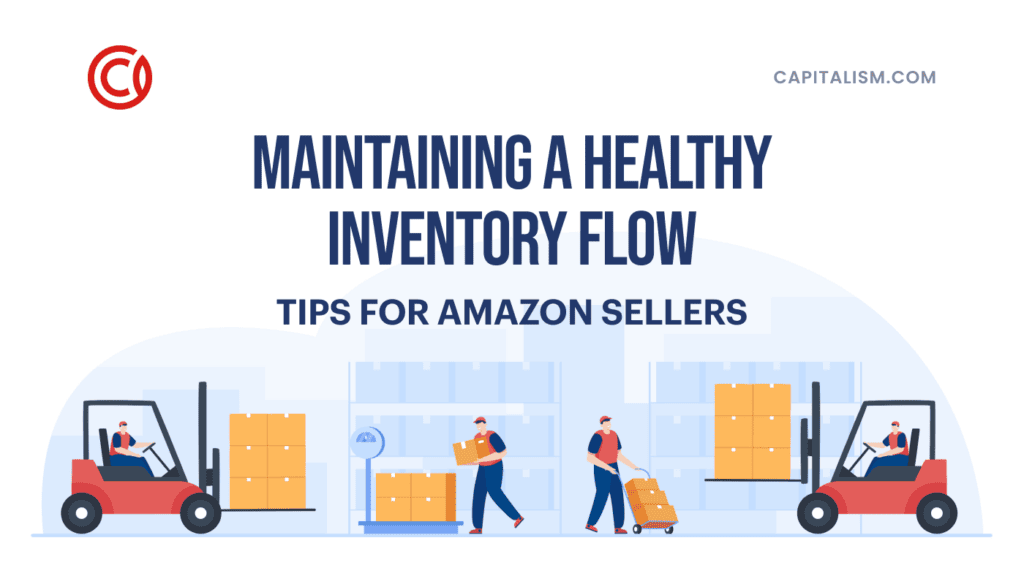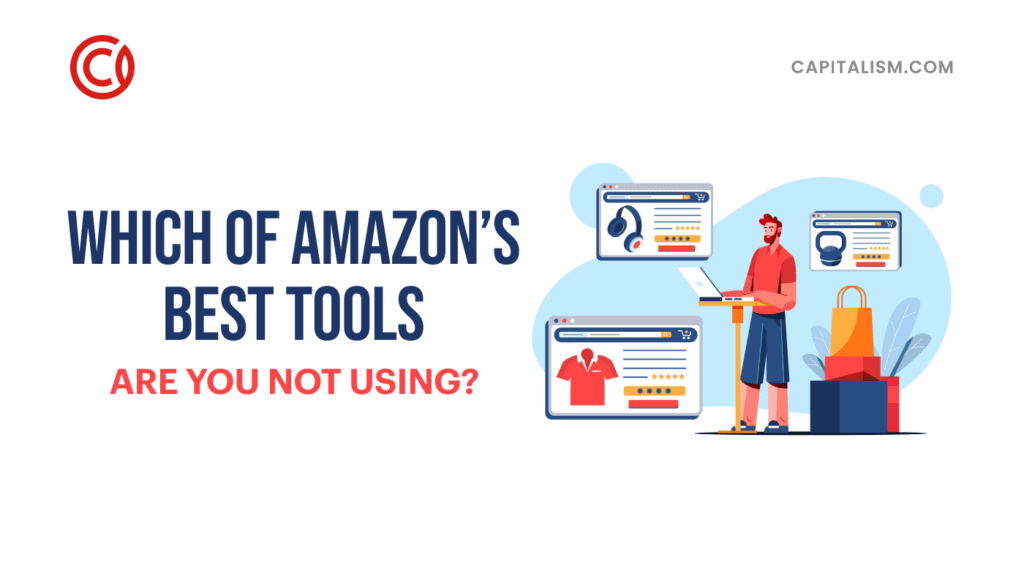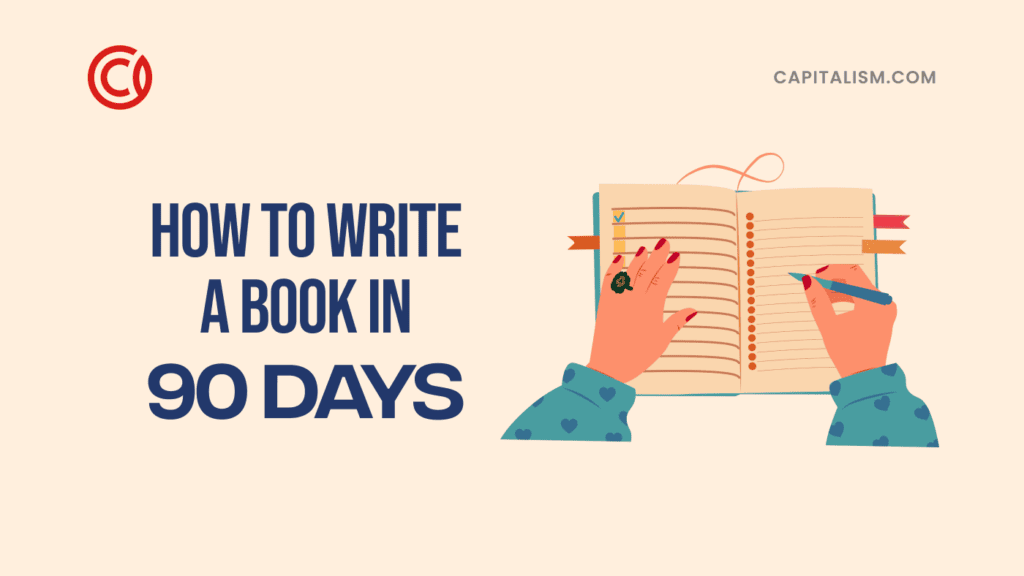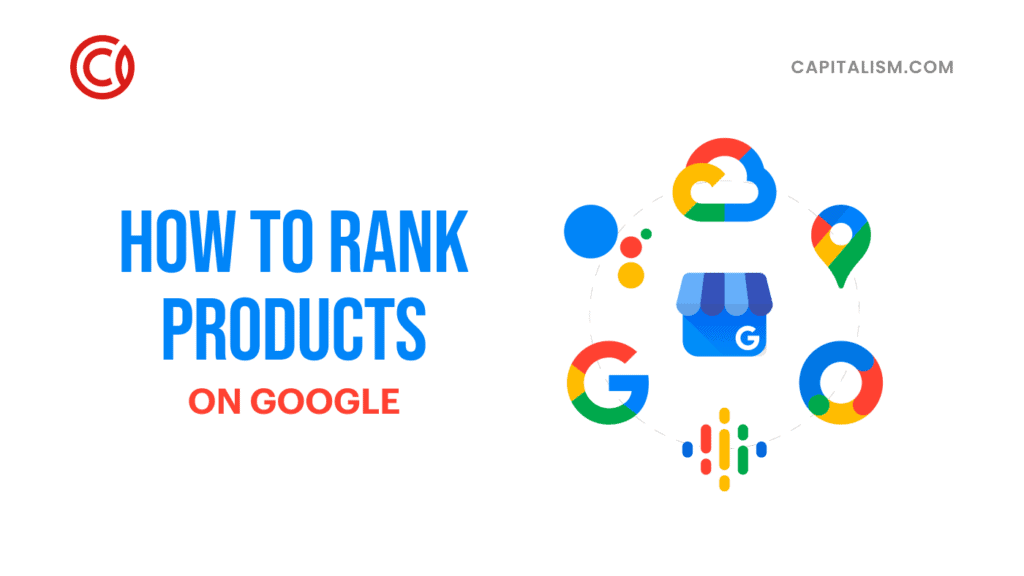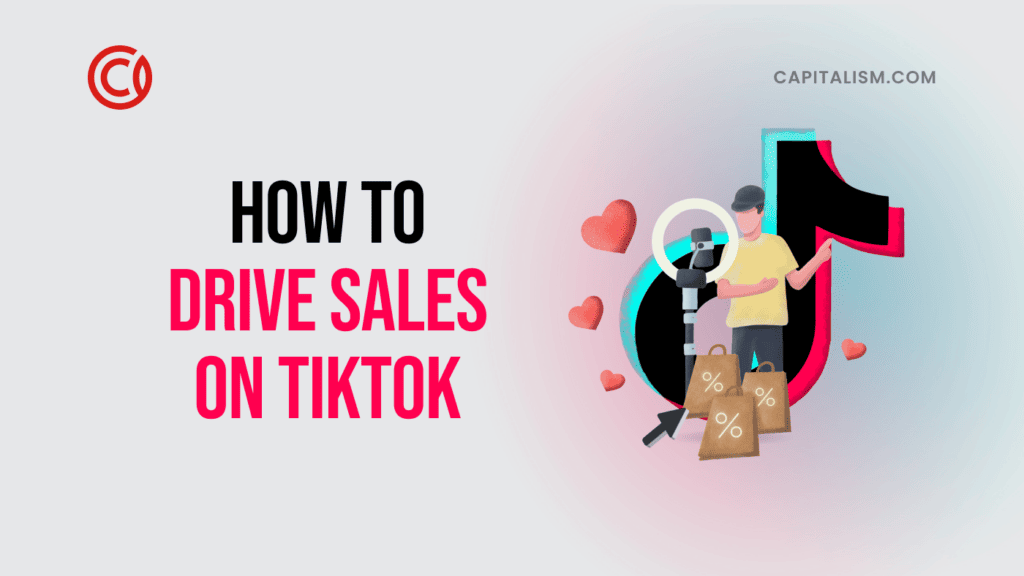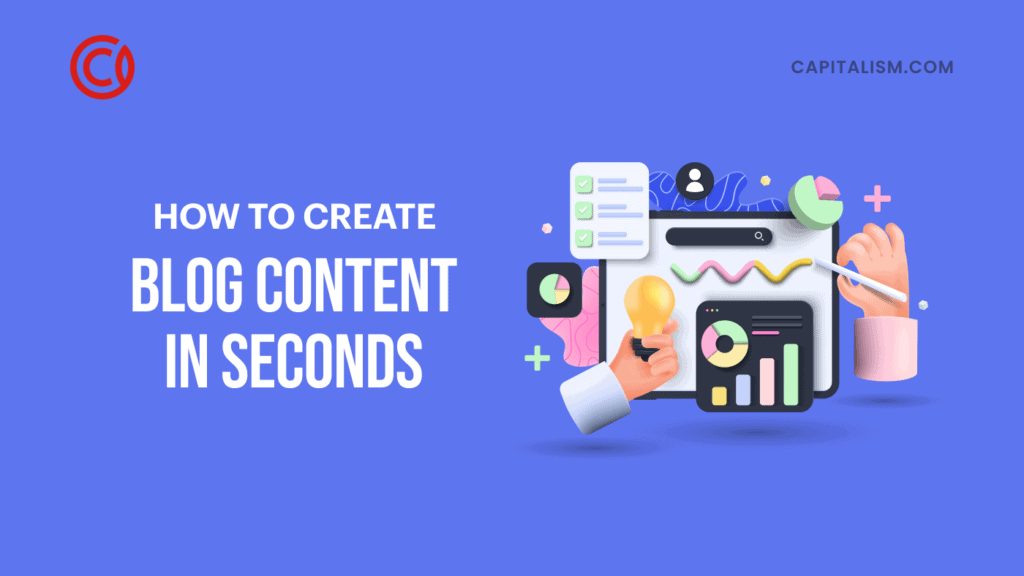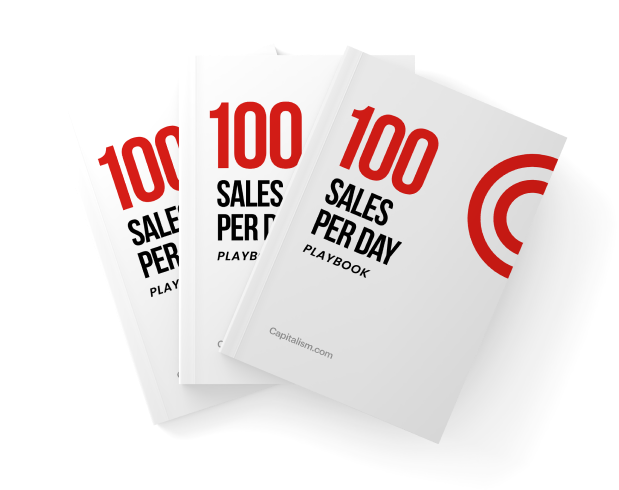No wonder you’re looking for guidance on how to make money on eBay. After all, eBay’s a giant among the online marketplaces. With millions of active buyers and nearly two billion transactions daily, it’s one of the best places to make money online.
Also, eBay caters to entrepreneurs across the board. Whether you're reselling your stuff for extra money, growing a side hustle, or building a scalable business, eBay can work for you.
If you want to learn how to make money buying and selling on eBay, bookmark this article. There's a lot to cover, and you’ll want to refer back to this guide as you go.
Let's get started, shall we?
Can You Really Make Money on eBay?
eBay launched on September 3, 1995. Since then, eBay has grown into a household brand that has reached 183 million users worldwide.
People sell on eBay because it's easy to get started and make a sale. Your eBay store can be up and running within minutes after reading this guide. Buyers also flock to eBay because it's a trusted marketplace that offers a convenient shopping experience.
So, yes! You can learn how to make money on eBay and Amazon in 2020. Many of these principles work on both sites.
Why Sell on eBay?
Whether you're a casual seller or a serious entrepreneur, eBay can serve your needs. Here are a few benefits of selling on eBay:
- Millions of eBay Users: As mentioned earlier, there are 183 million eBay users. Instead of building your business from the ground-up, you can join eBay and connect with buyers around the world.
- Auction Listings: The auction-style listing is one feature that distinguishes eBay from other marketplaces. Bidding offers a unique and often exciting shopping experience.
- Extra Side Money: Are you short on cash? eBay can help you supplement your income. One woman even sold her wedding dress. An article in The Sun, a rather sensational UK news company, reports how one Thomas Cook employee was “forced” to sell her wedding dress on eBay to pay for upcoming bills. Selling your stuff on eBay is one way to pull yourself out of a pinch.

How Do You Make Money on eBay in 2020? Follow 5 Easy Steps
Used properly, eBay can be an excellent business tool to grow your online business. Here's how you can start making money on eBay.
Step 1: Decide What to Sell
Some users are selling their old junk and operating from within their own homes. Some are nurturing a small side hustle to make 500 a week on eBay. And some sellers are large-scale businesses complete with employees and a warehouse.

The aftermarket automotive parts industry, for example, is prominent on eBay. You'll often find sellers with multiple domestic warehouses and overseas manufacturers.
But what should you sell in your eBay store?
Start your search within your own home. Are there any items collecting cobwebs in your attic or garage that you could sell?
If you intend to be a large scale business, you'll need to do more deep thinking about your business goals. Definitely check out our guide on how to write a business plan to kickstart your research.
How small or big you want to scale your eBay store will depend on your preference, time, and available capital.
Here are some of the best things to sell on eBay to make money:
- Autoparts
- Cosmetics
- Fitness equipment
- Toys and games
- Collectibles
- Clothes and shoes
- Baby items
- Coffee mugs
But honestly, you can sell nearly anything on eBay. Laura Christine from the Become Your Own Boss Today blog says, "there is no end to what you can sell. Practically anything sells." She started by selling for an antiques dealer. It was a perfect pairing — he knew antiques, and she had technical savvy.

New items. Antiques. Used products. You can almost always find somebody on eBay willing to buy your item — for the right price, that is.
If you need further inspiration, check out eBay's Explore page to see what's trending. Browsing the selection may inspire your next product idea.
Research Current Events
Take a look at what's happening in the world right now. It can point out what products are in high demand.

The coronavirus outbreak, for instance, has spiked the demand for sanitation products. The Sun reports "hand sanitiser sales were up 255 percent in February" in rather disparaging terms. (If you feel squeamish about the ethics of profiting during a crisis, read this post for a perspective you won’t hear in mainstream media.) eBay sellers noticed the growing need for hand sanitizing gel. And they were quick to supply it.

Kobe Bryant’s untimely death impacted fans around the world. Total Pro Sports notes how so many people put their Kobe Bryant memorial shirt for sale on eBay following his memorial at the Staples Center.
Step 2: Register for an eBay Account
After you decide what to sell, it's time to create your eBay account. Fortunately, the process is quite simple and can be up and running within minutes.
Head over to eBay.com and register online. The registration process will request your name, email address, and password.
If you intend to sell in large quantities, a business account will better suit your needs. Registering for a business account will also request your legal business name and phone number.
Step 3: Choose Your Subscription
Are you serious about growing your online business on eBay? You'll want to consider the subscription plans they have available.
Currently, eBay offers five subscription tiers:
- Starter ($4.95 per month)
- Basic ($21.95 per month)
- Premium ($59.9 per month)
- Anchor ($299.95 per month)
- Enterprise ($2,999.95 per month)
Additional business tools become available based on your subscription tier. eBay makes recommendations based on how many items you list per month. The Basic subscription, for example, is best for accounts that sell up to 100 pieces per month. The Anchor subscription would be more suitable for accounts listing at least 100,000 items per month.
Step 4: Create a Listing
First Steps
Learning how to create an eBay listing is a straightforward process.
- At the top of any eBay page, click Sell.
- This will prompt you to enter keywords relevant to your item, including brand, style, color, and size.
- Multiple listings of items from other sellers will show, depending on which keywords you enter. Choose the item that best matches what you're selling.
- Click Sell one like this.
- Specify your item's condition (new with box, new without box, new with defects, or pre-owned).
- Next, you must provide your contact information, including your address and phone number.
- After double-checking the information you entered is accurate, click List your item.
Add Photos
eBay allows you to post 12 photos for free. You should post as many pictures as possible.
Quality pictures inspire buyer confidence. Clearly showcase your item and consider adding shots from different angles and lighting.
Also, be mindful of eBay's photo restrictions:
- You can't use a catalog or stock photo. (For example, if you're reselling an Adidas jacket, you can't reuse the product picture on the Adidas website)
- No text
- No borders
- Avoid cluttered backgrounds
Provide Product Details
When you entered your item's keywords in a previous step, you should already have the item brand, color, and condition completed. If possible, you'll also want to enter any other relevant details, such as size, gender, and measurements.
Also, take a moment to double-check your title. Confirm that your listing title is as specific as possible to maximize search engine results.
Add a Product Description
Many of the previous steps require you to select from a drop-down list. But this section has a text box where you can describe the merchandise in free-form text. Here you'll want to focus on the benefits of the product - not just its features.
If you're selling a Tae Bo workout DVD, for example, you may want to include:
- Get the dream body you never thought possible
- Experience long-lasting energy that will change your life
- Spend quality time with family while strengthening your heart
Set Your Price
In this section, eBay recommends a starting price point based on what other sellers are charging for your item. If you want, you can manually change the price.
Also, you'll have the option to:
- Create an Auction
- Create a Buy It Now listing
You might be wondering which you should choose.
Buy It Now or Place Bid?
eBay is widely known as an auction-style marketplace. Buyers bid for a product. After a set time, usually seven days, the product goes to the highest bidder.
But some people didn't want to wait seven days until an auction was over. That's why the Buy It Now listings gained popularity. Buyers can bypass the auction process entirely and buy the item immediately.
You'll find that many sellers offer both Buy It Now and Place Bid listings, depending on the item they're choosing. Other sellers only use Buy It Now listings. It creates a straightforward shopping experience, like Amazon or many other online retailers.

Which listing style is up to you and the type of item you're selling. Collectibles, especially, are great for bid listings. Take a look at an eBay sale featured in the Sun. One person sold a rare Paddington Bear coin for 600 times its original value. And all it took were two bids!
Set Your Shipping Cost
When listing your item, remember to measure the package weight and dimensions. This will help you calculate the estimated shipping cost. Depending on the shipping requirements, it may affect how you price your listing.
For shipping, you'll also see some options:
- You Pay (calculated by buyer's location; advertised as free shipping for the buyer).
- The buyer pays (calculated after the buyer enters their location).
- Buyer pays flat shipping (you decide the cost).
Double-Check Before Submitting
Before your listing goes live, double-check that all the information you entered is accurate. Confirm this information now will save you customer-related headaches later on.
You'll also have an option to preview your listing before you publish it. Once it passes your review, click List It at the bottom of the page.
Congratulations! You just created your item listing.
Step 5: Follow eBay Best Practices
Ship Your Orders Within Expected Time Frame
Your listing will specify your shipping and handling time. Sellers should ship the item within 30 days of receiving cleared payment. Ideally, you will ship the order within one business day of receiving cleared payment.
Respond to Customer Cases Promptly
The two most common reasons a buyer will open a case against you are:
- Item does not match the seller's description
- Item not received
For cases where the item isn't received, you should upload a tracking number. If the tracking confirms the delivery, the case will likely go in your favor. If it doesn't, then you should offer a replacement or refund for this order.
For cases where the item doesn't match the description, the resolution is trickier. You'll have to wear your customer service hat to discover the problem and how to best resolve it. You might need to offer technical help, a replacement, or arrange for a return for a refund.
The worst thing you can do, though, is to ignore it. Doing so will likely result in the case closing in the buyer's favor. eBay will debit you to arrange a full refund — sometimes without the buyer returning the item.
Upload a Shipping Tracking Number ASAP
As soon as you ship the item, you should upload the shipping tracking number to the transaction. This allows both you and the buyer to follow the package's journey to its destination.
Uploading a shipping tracking number is also essential in protecting you, the seller. Let's say the buyer opens a case against you for "Item Not Received." If the tracking number confirms the delivery, eBay's team will likely close the case in your favor.
Specify Your Shipping and Handling Services
On your listing, you can specify how soon you will ship the product. Some sellers may send the item within one business day after receiving payment. Another seller might specify three business days. Be sure to state this clearly to avoid any confusion.
If you use a dedicated shipping carrier, you'll also want to post this. Some buyers may make special shipping requests. They might, for example, live in a rural area and ask that you use USPS over UPS. Or they may request a quote on expediting their order.
7 Pro Tips to Help You Dominate on eBay
Tip #1 Aim for the Top Rated Seller Badge
If you want to excel at building a profitable store on eBay, aim for the Top Seller Badge. Here's why:
- Proudly display your Top Rated Seller badge in your store
- Boosted seller reputability
- Enhanced visibility in eBay search results
- Additional seller protections
The improved visibility in eBay's search results is reason enough to get the Top-Rated Seller Badge. If your listing is stuck on page 5 of eBay's search results, it's challenging to make a sale. It can almost feel like your listing is stuck in limbo, lost forever. Experience this for long enough, and you may want to quit eBay altogether.
So how do you get the Top-Rated Seller Badge? Here are some of the requirements:
- Active for 90 days
- Over 100 transactions completed
- $1000 in sales during the last 12 months with US buyers
- Defect rate less than or equal to 0.5%. Your defect rate is negatively affected when a buyer opens an eBay or PayPal case against you, and you fail to resolve it OR you, the seller, cancel a transaction)
- Late shipment rate less than or equal to 3%
- Tracking uploaded within stated handling time for 95% of transactions to US buyers
Tip #2 Don't Skimp on Packaging
A lot can go wrong between when the item ships and when the buyer receives it. Bubble wrap and durable packaging are your best friends. Often, it can even save you money.
Think about it.
If you're selling a Blu-ray DVD player and it arrives in pieces, you're obligated to issue a full refund. You lose an entire sale and a potential repeat customer because you didn't spend the time and money to package it carefully.
Tip #3 Pay Attention to Your Feedback Score
On eBay, buyers can rate the transaction as positive, neutral, or negative. eBay's feedback system can be a determining factor on whether a buyer purchases from you.
Customers may be hesitant to purchase from you due to your limited seller history. Tons of negative feedback is sure to scare away future customers. However, having tons of positive feedback can inspire buyer confidence.
Remember to ask buyers to positively rate their experience if they're satisfied with their orders. Also, if you receive negative feedback, eBay allows you to address it. You can reach out to the buyer and offer a resolution. If the buyer is happy now, you can send a Feedback Revision Form. It allows them to revise their feedback from negative to neutral or positive.

Tip #4 Invest in Excellent Photography
For your listing pictures, quantity and quality will serve you well.
Best practices recommend that your main listing photo should feature your item by itself. Having white poster boards can be handy. You can use these to set the floor and background for your item. The blank setting will make your item pop in photos.
And be sure to include lots of photos. eBay lets you post up to 12 for free. If you're selling a t-shirt, for example, here are some picture ideas:
- The main picture shows the front of the T-shirt against a white backdrop
- Back of t-shirt
- With tape measure to show shirt measurements
- Show a close-up of the shirt tag
- Add a close-up to show the fabric texture
- Also give a close-up of special features, like a wooden button
- T-shirt displayed in sunlight
Tip #5 Choose a Niche
You can probably make a couple hundred or even a thousand dollars selling random stuff you find in your garage or at your local discount store. But choosing a niche lets you follow a more specific marketing approach.
A niche is also useful if you already have a personal brand and online presence. Let's say you have a following on YouTube by offering fitness advice. An extension of that brand could be selling fitness related products in your eBay store. Some products might include:
- Workout supplements
- Yoga mats
- Resistance bands
- Fitness gear
- Barbell clamps
Choosing a niche will affect everything moving forward. Consider who you're selling to, what you're selling, and how you market. If you decide to sell items with your personal brand, eBay can be a powerful selling tool for you.
Tip #6 Deliver Stellar Customer Service
Offering fantastic customer service can help you secure eBay's Top Seller Badge. Also, it can improve the chances for a buyer to repurchase from your store.
Moreover, customer service can often redeem you when an order goes south. Buyers can be reasonable and are often willing to let you resolve the issue.
But if you offer poor service, then expect a negative review on your account. Also, the buyer will likely open a case against you and receive a full refund for the order.
Consider including a paper slip inside the package with instructions to contact you through eBay. This gives you an opportunity for you to resolve any issues before the buyer opens a case against you.

Tip #7 Consider Free Shipping and Returns
Finally, you’ll find that eBay sellers debate the merits of free shipping and returns. There are some benefits to offering these perks.
Listings that offer free shipping and returns have a "Free Shipping" and "Free Returns" note when they appear in search results. This can often entice customers to purchase from your store instead of a competitor's.
Advertising free shipping and returns may increase in orders. This can potentially offset the cost of shipping. The savings, naturally, would be significant if you sell large quantities of items.
Still, you might worry about return shipping costs. If you're receiving too many returns, you may need to revisit the quality of your product or update your listing description.
If you see frequent returns on an orange t-shirt, for example, there may be something you can fix. Perhaps the picture doesn't accurately show the color, and you can post a better quality picture. Maybe it's closer to red, and you need to update your description. Minor changes to improve accuracy can improve your return rate.
So, How Much Does the Average eBay Seller Make?
According to Indeed, the average eBay seller makes $21,822 per year.
You probably think that this isn't much. An extra $20,000 per year, though, can be a great source of supplemental income.
Also, this average figure is pretty vague.
Some sellers dedicate only a few hours to their eBay store. Others dedicate a significant amount of their resources to grow their eBay store. It isn't surprising to see some eBay sellers experience great success — often $50,000 and beyond just by selling on eBay.
Let's take a look at a couple of real examples.

Margaret from the Live Like No One Else blog published an article titled "Can You Really Make Money Selling on eBay? — 2019 eBay Income report of a Part-Time Seller." A look at her profit and loss statement showed that she made $3,084.19 after costs and expenses in 2019.
She Asked, “What can I flip to make money?”

Then, there’s Amy Finlay, co-founder of Edinburgh IFA. She used sites like eBay to flip products while she was in start-up mode on her main business. She said, “Before starting my current company, I used to rely on retail arbitrage to keep me going until my business picked up. The profits allowed me to concentrate on it full time. I don't think I would have survived without the retail arbitrage in the early days of building my business.
“Basically, at the weekends, I would go to flea markets, yard sales, car boot sales, and thrift/charity shops and browse what they had on offer. I would always have my phone ready to search eBay, Amazon, and Facebook marketplace to see how much these items were selling for second hand.
“It was basically just a pure arbitrage operation. Find products that are being sold at these stores and yards that are selling for a lot more online, get the best possible deal buying them, then get them uploaded for sale the same night at around the price they have previously been selling for.
“It would never cease to amaze me how many people there are out there who are willing to pay a premium price for something that we had managed to buy. In some cases, over 10x or more what we had picked it up for.
“There are so many more new marketplaces popping up online to sell these products on now too, so it's giving more opportunities to get a good price for the products you pick up. The best part of it was that there were no real costs apart from fuelling the car and any listing costs when selling products on eBay.
“The best piece of advice I got when doing retail arbitrage is to make sure you have your phone with you at all times so you can check what products sell for before you buy them. Also, look at what the specific product has previously sold for, not for how much people have it on for sale at currently. The current for sale prices can often vary wildly, but a look at the previously sold prices gives a much more accurate representation of the product's true value.”
The amount of money you make often correlates with the amount of time and capital you put in. Making more would require more market research and marketing. If you commit to the grind, you can eventually grow your eBay store in a six-figure business.
What Are the Easiest Things to Flip on eBay?
Brand name and vintage clothing tend to be easy items to flip. There is a demand for quality and brand-name clothes at a discounted price. Also, clothes are lightweight, meaning that they're cost-effective to ship.
You can also find success with flipping tools. Lightweight power tools and gardening tools, especially, are often excellent candidates for an easy flip.
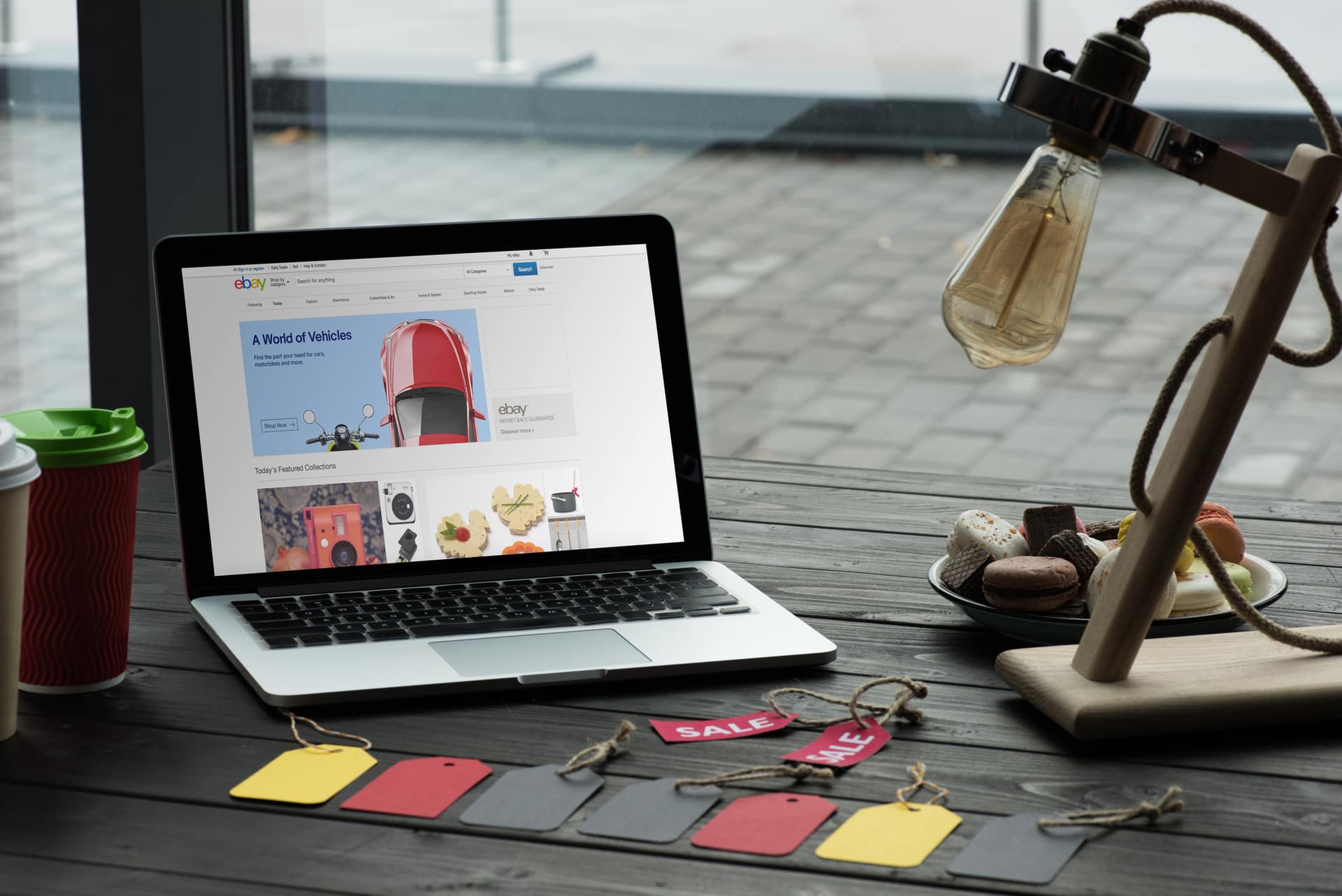
What Are the Best Items to Resell?
When you're looking through your home for items to resell, stick with items that are:
- Small or moderate in size
- Easy to package and ship
You'll also want to be mindful of the item's weight. If you're attempting to ship a heavy object, like a 30-pound dumbbell or a marble vase, the shipping costs may be high. You might even need to raise your price just to offset the amount it costs to ship your item. On top of that, heavy items often require extra packing — another expense eating into your profit margins.
And even after your careful preparations, your item may arrive damaged. If you want the item back, you will need to cover the return shipping costs. Depending on the condition, you may not even want the item back, and you'll have to issue a full refund. On this single transaction, you made zero dollars and lost an item.
Wait. Is it Illegal to Resell Nike Shoes?
Earlier, we mentioned shoes as an excellent reselling opportunity. Nike sneakers, especially, tend to be popular among "sneakerheads" and athletes.
Nike, however, is a powerhouse brand. If you're thinking of reselling your Nike shoes, you're right to double-check that you're not crossing any legal lines.
Good news: you can resell your Nike gear on eBay. A quick search for "Nike" on eBay, and you will see hundreds of other users putting their Nike wear up for sale.
Have some Nikes in good condition that you want to resell? Go for it!
How Can I Make 1000 Dollars Fast?
Making money on eBay depends on doing the right steps in the proper order. If you follow the steps above, you'll build a solid foundation to grow your eBay business.
Make $1,000 fast, though, depending on how much time and effort you're willing to put in. In addition to following the above steps, you'll want to carefully research market demand.
What trends do you see? What are people buying?
If you're selling something that nobody is buying — say, a pager — then you will see little upward movement in your bottom line. Learning about making money in any business starts with confirming there is a demand for what you're selling.
What Can I Sell for Quick Cash?
Some items routinely sell well on eBay, including:
- Clothing
- Baby items
- Shoes
- Tools
- Sports memorabilia
If you do a quick sweep through your garage, attic, basement, and closet, you're sure to find something you can resell for a quick buck.

How to Earn Money on eBay Without Selling Anything
You might think this is a joke, but it isn't! You can actually make money on eBay without selling a thing.
How?
With the eBay affiliate marketing program. As an affiliate partner, your role is to send people to shop on eBay. eBay will supply you with your affiliate link. You can share this with your audience. Each time somebody purchases through your affiliate link, you receive a commission.
The Takeaway
If you were thinking eBay was too old-school to consider selling on, especially when so many in e-commerce flock to Amazon, this guide may have been an eye-opener for you.
If you want to succeed on eBay, be sure to follow the above steps. Also, don't forget to infuse your entrepreneurial spirit into what you do. With enough patience and grit, you'll be able to build a business on eBay that can supplement or potentially replace your income!
In 2020, eBay is still a good place for entrepreneurs who want to build successful businesses and make money online, even if you’re starting on a budget. In fact, we know many entrepreneurs who got started with less than $1,000. If you’d like to see how they did it, check out this free training.
